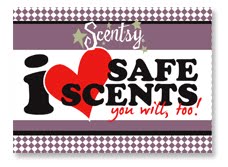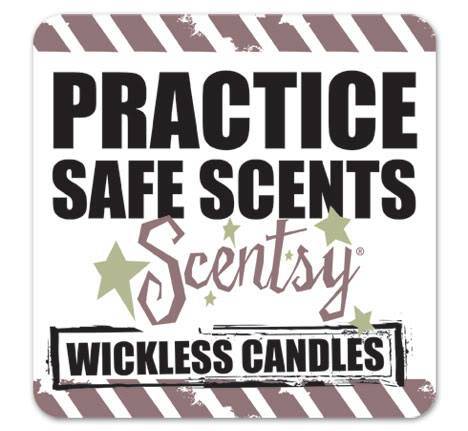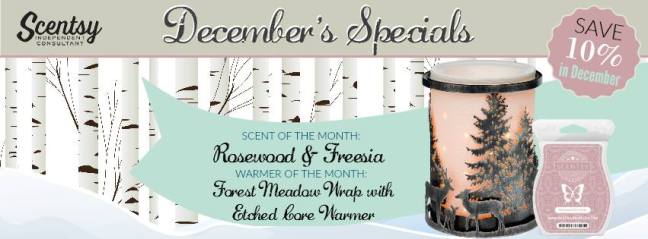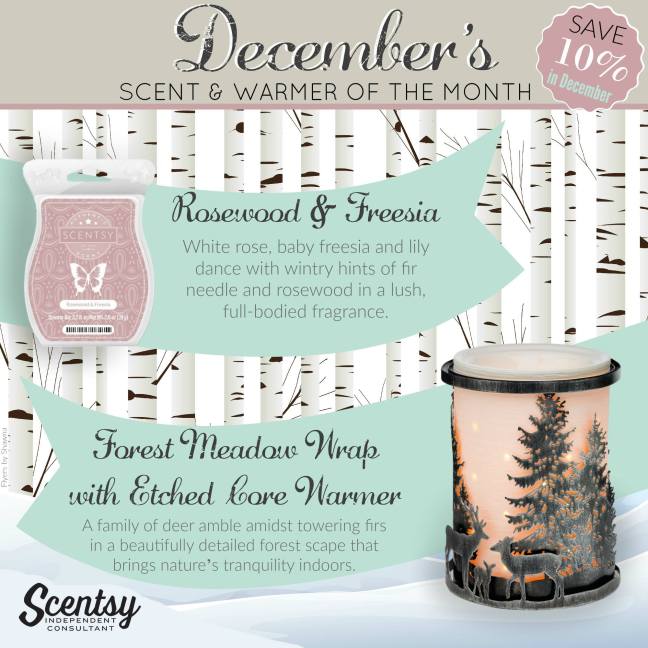We often get asked how safe Scentsy products are, to which we reply, “There’s nothing on the Market that is safer”. Because there is quite a bit of confusion out there when it comes to fragrance safety, we thought that it would be helpful to share this post with our followers, which was copied from Scentsy’s Blog. The original post was written by David Weymouth.

The Internet is loaded with bloggers and while I never imagined I’d be one of them, I am now—life can be full of surprises. With a lot of bloggers comes a lot of information; it seems that every month, some article comes out that calls into question the safety of fragrance products, and I’d like to clear up some of the confusion.
One of the more frequent online subjects is VOCs. VOC stands for Volatile Organic Compounds. Relative to this acronym, the word volatile means the tendency of a substance to evaporate. Organic in this situation means that the substance being described is made out of carbon molecules, which may include naturally occurring compounds and man-made substances based on carbon, such as fragrance oils. Most people use the term VOC to mean a harmful air pollutant, not just carbon-based molecules that can evaporate. But the truth is you breathe VOCs when you smell a bouquet of flowers or the aroma of garlic when you cook. Without VOCs, we would live in a fragrance-free world and never use our sense of smell.
With regard to harmful VOCs, Scentsy fragrance products do not contain or release any harmful VOCs (like formaldehydes, which I’ll get to later). Scentsy fragrance products are specially formulated and tested to comply with EPA regulations, the International Fragrance Association’s Code of Practice, and the California Air Resources Board regulations, all of which restrict the use of fragrance ingredients that pose a risk to consumer health or the environment.
Back to formaldehydes, which have been linked to both wax and fragrance. Scentsy wax and fragrances are formaldehyde-free. This may not be true of all paraffin based wax, but we have an advantage: Scentsy candles are wickless and combustion-free. In most cases, formaldehydes in wax are a function of the actual combustion process of burning wax which converts or oxidizes the original material. Forest fires, automobile exhaust and even tobacco smoke can all contain formaldehydes, but they all involve combustion, which Scentsy products don’t have by design.
Another common misperception is that to be green, the fragrance industry should use 100% essential (natural) ingredients all the time. Fragrance companies could only offer a limited number of unique fragrances if they used only essential oils…and only on the conditions that money was no object and mass deforestation was an acceptable green approach (which it’s not). The argument that “all synthetic ingredients are harmful” is not based in science, but is rather the subjective opinion of a vocal minority. This is not to deny that some synthetic ingredients have been found to be potentially harmful. Even some naturally occurring fragrance ingredients have been found to be harmful—depending upon how they are used. What is relevant is that we require the fragrance houses we work with to be active, dues-paying members of IFRA, the International Fragrance Association. IFRA conducts and collects empirical scientific studies to determine which ingredients are safe and at what levels, for each product function. Additionally, Scentsy develops every fragrance and product to be in compliance with the European Union’s REACH requirements and California’s Prop 65 standards, which are strict environmental and health safety regulations.
An important final consideration that is relevant to your safety as a fragrance consumer is “intended usage.” Scentsy wax bars are to fragrance your home, but not intended to replace your current deodorant. Our Sunkissed Citrus Scentsy Bar contains a fairly high quantity of essential orange oils. These smell great coming from a Scentsy warmer, but would likely irritate your skin if you tried to turn it into a “personal fragrance” product. The same would be true of trying to use a Scentsy Room Spray as a body spray—again, this would be taking a home fragrance product and misusing it as a personal fragrance. Every product we develop is specifically tailored to exceed the safety requirements of the product’s intended usage. Every product is developed with your safety as a primary concern.
So when you come across that next anti-fragrance article, look for linked research articles conducted by independent and unbiased sources. Ideally, look for study data supported by multiple independent sources. If this data isn’t provided or can’t be accessed online, my recommendation would be to “take it with a grain of salt.”

Resources:
International Fragrance Association Standards
Research Institute for Fragrance Materials








